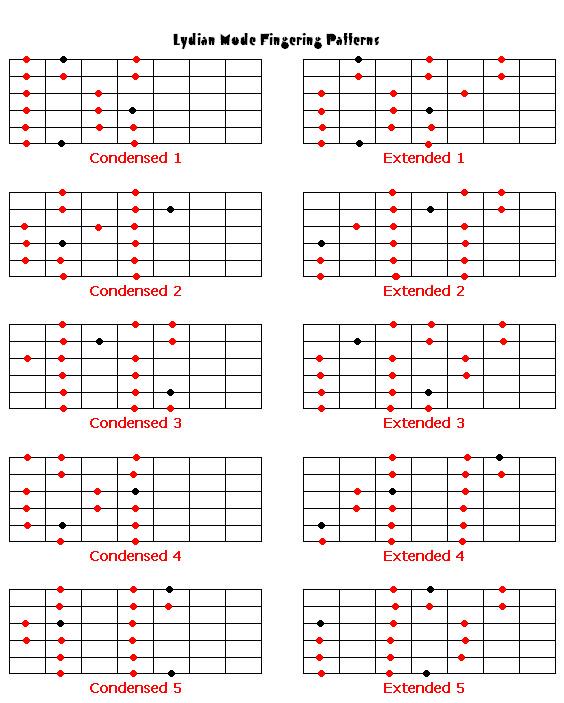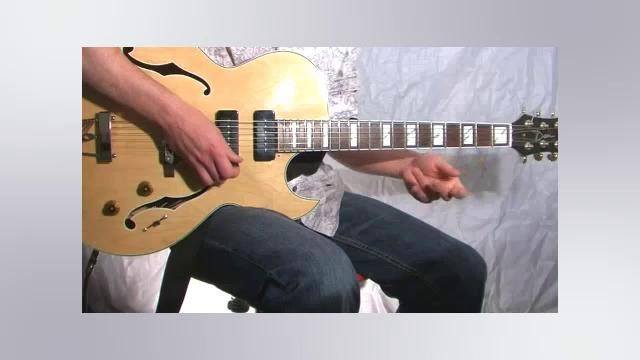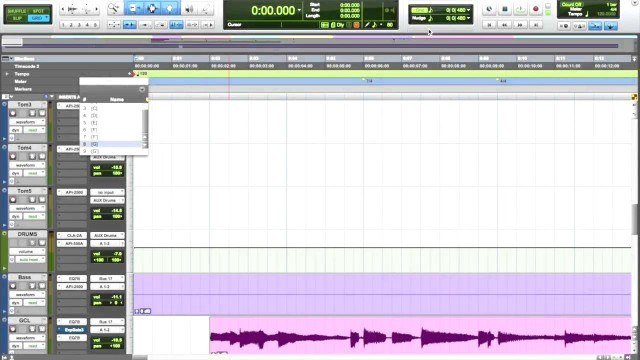The Lydian scale is the fourth mode of the major scale. This mode is very important in jazz music because it contains the raised 4th and in jazz, this mode is usually what is used to solo over a major chord. The Lydian mode is exactly like the major scale except it contains the #4. The sharp 4th is less dissonant then the natural 4th found in the major scale so the Lydian mode will always contain the raised 4th. The character pitch of this mode is the sharp 4th. When the #4 is raised an octave, it becomes an altered extension tone, and enharmonically, this #4 note can also be thought of as a b5.
|---------Octave--------||-----Extensions-----|
1–2–3–#4–5–6–7–8–9–10–#11–12 –13
There are a lot of useful chords that can be generated by the Lydian mode:
1-3-5= major triad
1-3-b5= major b5 (b5 has the same sound as #4)
1-3-5-6= major 6th
1-3-5-6-7= major 6/7
1-3-5-7= major 7
1-3-b5-7= major 7 b5
1-3-5-7-9= major 9
1-3-5-6-7-9= major 6/7/9
1-3-b5-7-9= major 9 b5
1-3-5-7-9-#11= major 7 #11
1-3-5-7-9-#11-13= major 13 #11
Some other possible chords formed by the notes from the Lydian mode:
1-2-b5= sus2 b5
1-2-5= sus2
1-5-7-9= major 9 (no 3rd)
1-3-5-9= Major (add 9)
1-b5= tritone (aka dimished 5th interval)
Listed below are some Lydian mode vamps and the fingering patterns as well for this mode. Remember when soloing over these, be sure to emphasize the #4, because this is the note that brings out the Lydian mode.
Vamp #1: (Amaj7b5/Emaj7) (Use A Lydian. All black dots on A)
Vamp #2: (G / A/G) (Use G Lydian. All black dots on G)
Vamp #3: (Csus2/Csus2b5/Am6/7/Gmaj7) (Use C Lydian)
 |















































































